Leading market players are investing heavily in research and development in order to expand their product lines, which will help the Organic Milk Replacers Market, grow even more. Market participants are also undertaking a variety of strategic activities to expand their footprint, with important market developments including new product launches, contractual agreements, mergers and acquisitions, higher investments, and collaboration with other organizations. To expand and survive in a more competitive and rising market climate, Organic Milk Replacers industry must offer cost-effective items.
Manufacturing locally to minimize operational costs is one of the key business tactics used by manufacturers in the Organic Milk Replacers industry to benefit clients and increase the market sector. In recent years, the Organic Milk Replacers industry has offered some of the most significant advantages to medicine. Major players in the Organic Milk Replacers Market, including Kent Nutrition Group (U.S.), Royal Milc, Inc. (U.S.), Manna Pro (U.S.), S.I.N. Hellas (Greece), Biocom Ltd (Belarus), KGM Ltd (Latvia), Sav-a-Caf (U.S.) and others, are attempting to increase market demand by investing in research and development operations.
Kent Feeding Group (KNG) manufactures the premium pet food brands Kent and Blue Seal. Kent is the brand that caters to the Midwest, whereas Blue Seal is the brand that caters to the Eastern United States, from Maine to Florida. Gage Allison Kent of Indianola, Iowa, who is credited with revolutionizing the livestock feeding industry at the time, developed Kent 34% Baby Beef in 1927, termed "The Feed Without a Filler" and serving as the model for the high-quality nutrition the Kent brand is known for today. The H.K.
Webster family in Lawrence, Massachusetts, had been using a similar business strategy for high-quality animal nutrition since 1868, going by the name of the H.K. Webster Company and offering a line of Blue Seal quality animal feeds at the same time as this was happening.
S.I.N. HELLAS (Salt Inclusive Nutriments HELLAS), a research and development organization for the production and distribution of a variety of specialized feed additives for all livestock, including sheep, goats, cattle, beef, dairy cows, dry cows, poultry, and pigs, was established in Larissa, Central Greece, in 1992. These special additions are referred to as "MINERAL LICKING BLOCKS & VITAMINS - MINERALS PREMIXES". The fundamental salt mineral licking block types were created and advanced by the S.I.N. HELLAS Company to more complex levels with unique compositions that no other company has ever uncovered.
They were the first manufacturers of mineral licking blocks as a result. S.I.N. HELLAS is able to successfully serve every local and international client in the cattle business thanks to its extensive line of products, which includes milk substitutes, pet foods, disinfectants, farming equipment, raw materials, and other nutritional supplements.
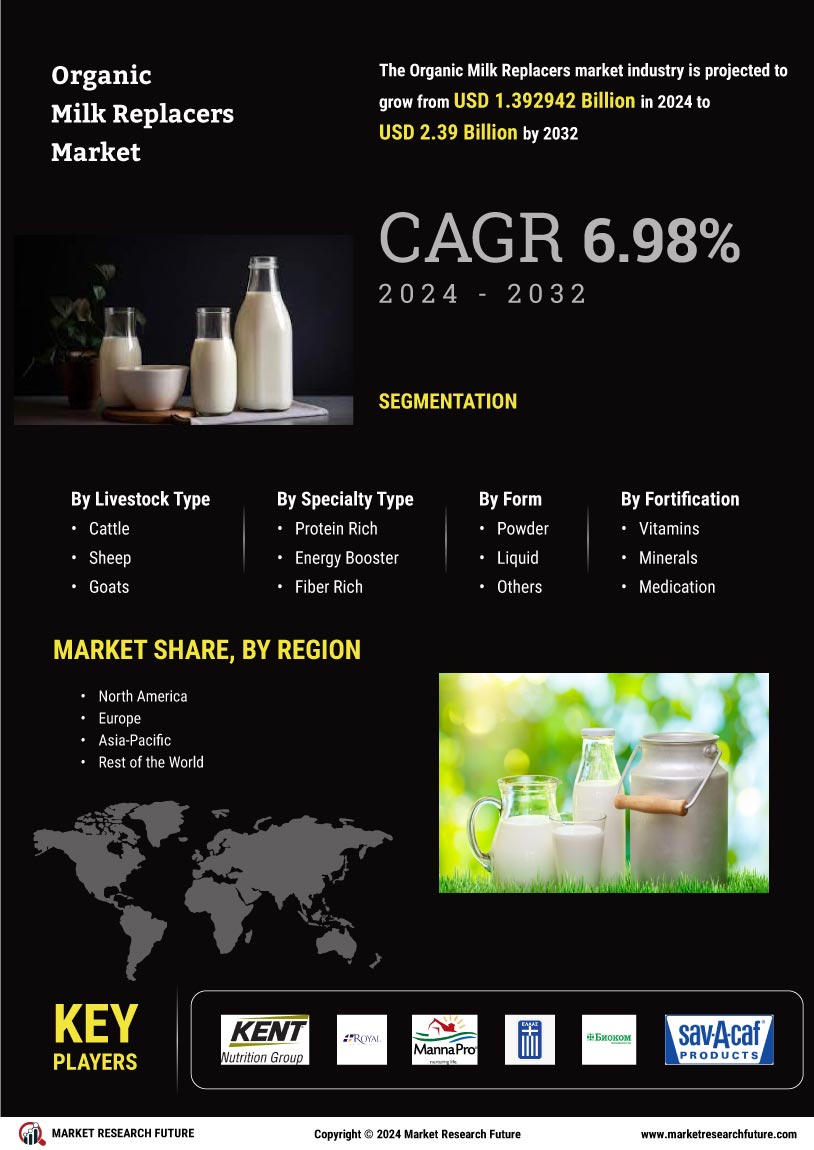

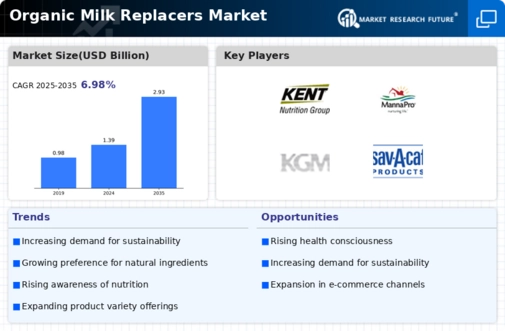

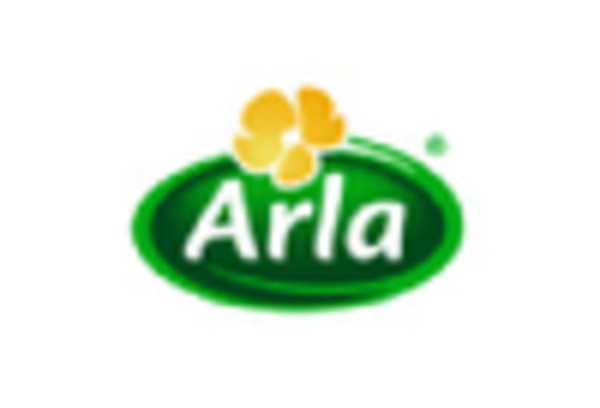

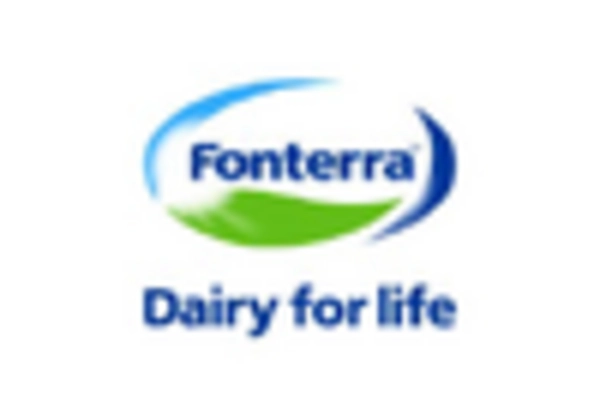

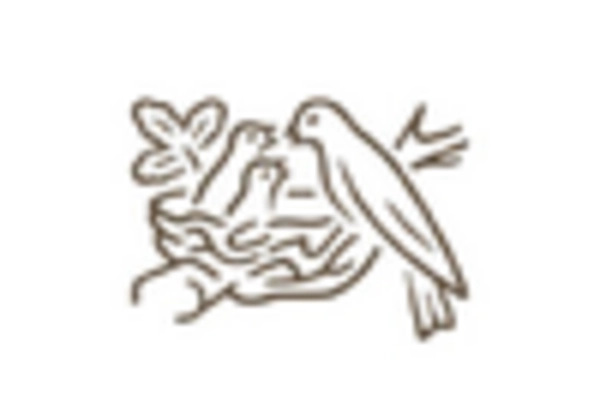
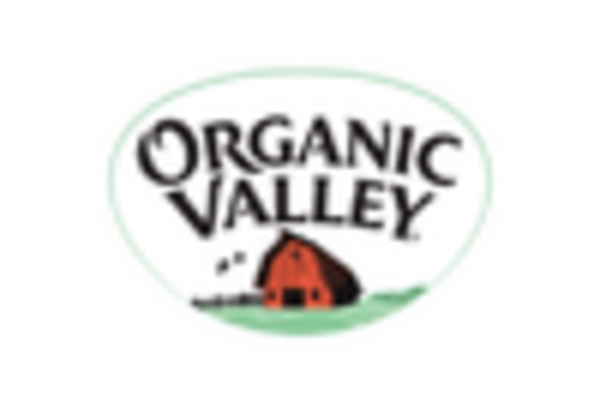








Leave a Comment